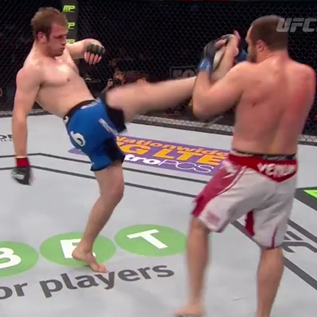Seanpero
Level 2 Valued Member
Hi I’m 21 yo pro mma fighter, recently I have been reading Pavel books and immediately was hooked as he’s methods really correlate with what happens in fighting especially in the q&d protocol.
Now my question is that we have 30 seconds of use by our cp system let’s say we burst into a combination then rest then took down our opponent then again rest (while moving) and then scrambling while he gets up and that’s it 30 sec of power usage in let’s say half a round now we need 3 min to recover before we can work at the same capacity? So from how I see it in a fight most of the time the glycolysis system is at work while putting work and the rest is aerobic?
What is your take on it , which energy systems are the most active and important in an mma fight or even a boxing match and how will you manage cp deplation?
Now my question is that we have 30 seconds of use by our cp system let’s say we burst into a combination then rest then took down our opponent then again rest (while moving) and then scrambling while he gets up and that’s it 30 sec of power usage in let’s say half a round now we need 3 min to recover before we can work at the same capacity? So from how I see it in a fight most of the time the glycolysis system is at work while putting work and the rest is aerobic?
What is your take on it , which energy systems are the most active and important in an mma fight or even a boxing match and how will you manage cp deplation?


